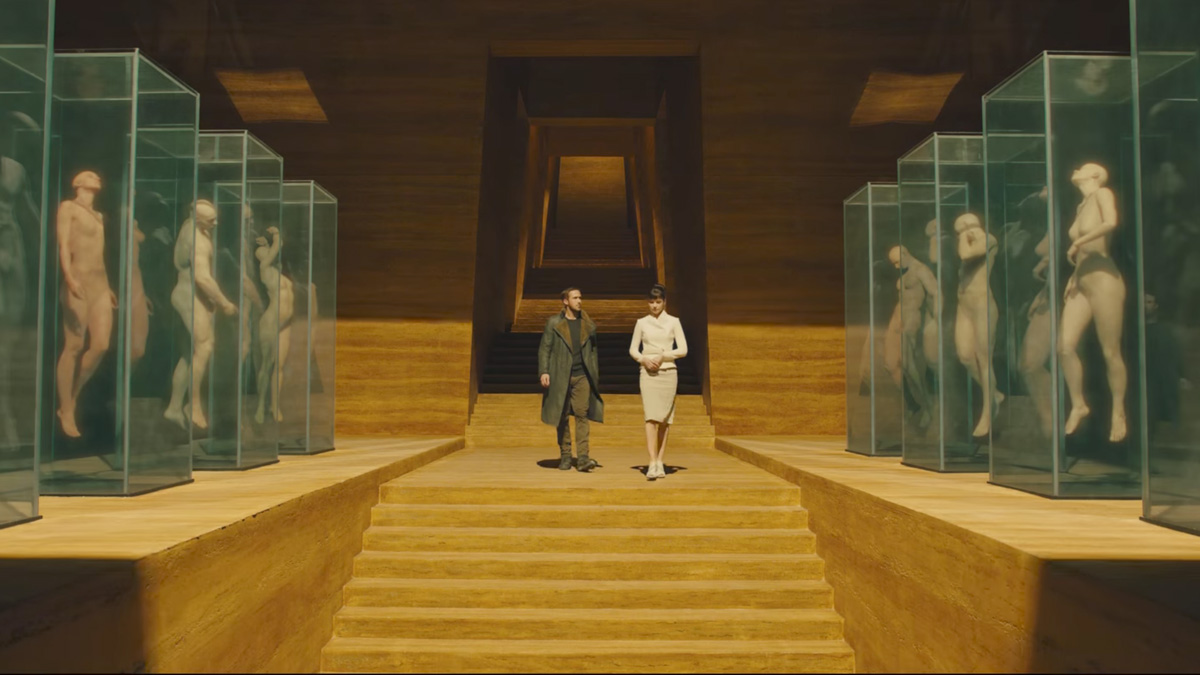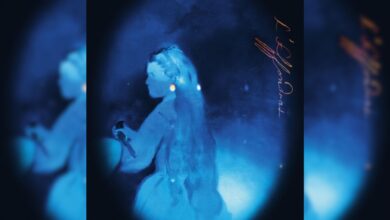Film Review: Blade Runner 2049
 supplied
suppliedBlade Runner 2049
Directed by: Denis Villeneuve
Starring: Ryan Gosling, Harrison Ford, Ana de Armas, and Jared Leto
Premiere: October 6, 2017
Handling the sequel to arguably one of the most influential and beloved science fiction films of all time was always going to be a near-impossible standard to live up to — and yet Denis Villeneuve and the cast and crew of Blade Runner 2049 have created a sequel that lives up to and enhances the legacy of the original film.
Taking place 30 years after the original film, life on Earth has degraded considerably by the year 2049. The environment is polluted and dangerous, social order is on the decline, and humanoid androids called replicants are created by humans and used as slave labour. Blade runners are special police officers assigned to hunt down and “retire” obsolete and rogue replicants. Set primarily in Los Angeles, the film’s protagonist, K, is a replicant blade runner who is manufactured with implanted memories and shares a romantic relationship with his holographic AI girlfriend named Joi. While on mission, he discovers the remaining skeleton of a once-pregnant replicant. Faced with the potentially destructive possibility of reproductive replicants, he is tasked with tracking down the child and its father while being hunted down by the enigmatic business magnate Niander Wallace and uncovering the truth about himself, his memories, and his origins.
If nothing else, Blade Runner 2049 recreates the excellent production design and special effects of its predecessor. It successfully crafts an imaginative and visually stunning future world that feels “lived-in” and plausibly real, marked by the confluence of “high-tech and low-life” that exemplifies the cyberpunk sub-genre. Neon lights and larger-than-life holograms light the night sky. Mega-corporations rule from atop monumental pyramids, and the poor survive in gritty streets overflowing with people and trash. CGI is utilized fantastically in the film, focusing less on dynamic blockbuster spectacle and more on atmosphere and mood-setting effects, including an intriguing striptease scene with a human woman and a superimposed holographic woman.
What must be commended is that the thematic depth that made Blade Runner so rich is also reiterated in 2049. This film deals with issues of identity, humanity, memory, love, social decay, and so much more that reveals something new with each viewing. It doesn’t get bogged down and suffocated by thematic complexity like Interstellar or Batman v Superman: Dawn of Justice, but instead offers poignant moments of reflection and lets the audience fill in the gaps for themselves. What explanations the film does offer only serve to guide your interpretations without spoon-feeding them to you. To use one such example, a major point of contention in the original 1982 film was the question of whether Deckard was a human or a replicant. Instead of taking the lazy route and giving out a simple, convenient answer, Villeneuve is able to reconcile both possibilities with enough ambiguity and intelligence that keeps that passionate debate alive and well.
However, Blade Runner 2049 can be considered by some to be extremely slow, tedious, and perhaps even boring. This all comes to personal taste, because I find the best science fiction films are slow and tedious that make the viewing experience much richer (e.g. 2001: A Space Odyssey, Solaris, Star Trek: The Motion Picture, etc.). The Ridley Scott-directed Blade Runner is probably my favourite film of all time, bar none, and the initial impression of making an unnecessary sequel 35 years later could only be described as a malicious personal attack. But thankfully, Blade Runner 2049 creates an imaginative and dazzling cyberpunk world, develops engaging characters within a fantastic and emotional story, and earns its name and place within the pantheon of sci-fi cinema.




